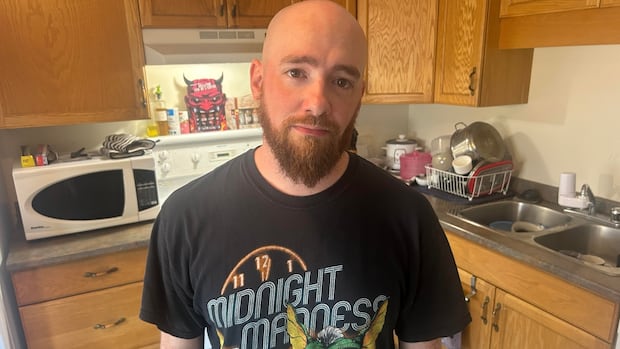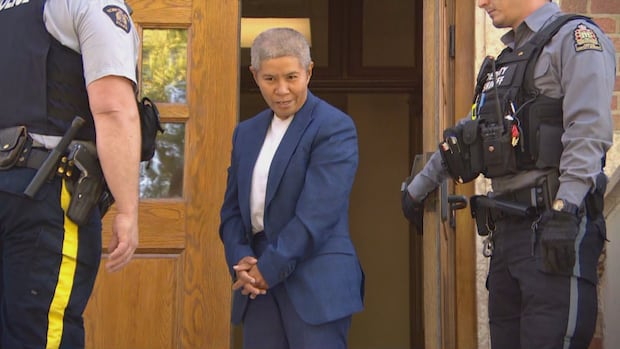Laura MacNeill says a regular client of Avenue B Harm Reduction died from a fentanyl overdose last week.
Those tragedies have become increasingly common, the executive director said, noting Avenue B staff have witnessed people overdose while sitting in the Saint John office.
“We see these folks, we look at their face, we know their story,” MacNeill said. “We feel connected to them. We want to help them. And when … they pass, that is extremely hard.”
In 2024, fentanyl was detected in 57 per cent of opioid-related deaths in New Brunswick. In 2023, the powerful opioid was present in 56 per cent of lethal overdoses, according to a report issued this month by Public Health.
For the second year in a row, Public Health says opioid deaths involving fentanyl were at an all-time high in 2024. Avenue B Harm Reduction in Saint John is seeing the escalating crisis first-hand.
The figure for 2024 translates to 42 of the 78 deaths recorded. Most of those deaths occurred in people aged between 40 and 49 years old.
It marks two record years in a row for opioid-related deaths involving fentanyl in New Brunswick.
“It’s an extremely toxic drug supply that we have here in New Brunswick, and specifically in Saint John,” MacNeill said in an interview.
“This is something we’re hearing and seeing every day on the front line.”
Avenue B has been offering drug testing on site and is increasingly seeing the presence of other toxic additives, including the veterinary tranquilizer xylazine.
Co-occurrence, or the presence of more than one drug, is flagged as “of notable concern” in the Public Health report.
“Of the 549 apparent substance toxicity deaths between January 2020 and December 2024, two or more drug classes (e.g., opioid, alcohol, benzodiazepines, stimulants, etc.) were present among 501 (91 per cent) decedents,” the report says.
“Of the 316 decedents who died from an accidental and pending intent apparent opioid toxicity death since January 2020, one or more non-opioid drug classes were present among 312 (99 per cent) decedents.”

MacNeill says the increasingly toxic drug supply has meant a typical dose of naloxone is not as effective at reversing an opioid overdose.
“We have been seeing an increase in the the complexity of the overdoses that folks are responding to, which means that they are oftentimes requiring five to six doses of naloxone, and each kit comes with three,” she said.
Public Health numbers also show distribution of naloxone, a common front-line treatment for opioid overdose, has steadily increased to 4,215 kits in 2024.
That’s compared to between 2,000 and 3,000 kits in the prior two years, 634 in 2021, and 146 in 2020.

While each person coming into Avenue B has their own story, MacNeill says many have fallen into homelessness after aging out of government care.
She says improving access to mental health care for this population is critical to reduce opioid deaths.
“Ultimately they’re all people,” she said. “They are brothers and sisters and moms and dads.”
Health Minister John Dornan believes the province’s plan to improve access to mental health services will ultimately help address opioid deaths.

“The opioid crisis is also a crisis of mental health. So we can rarely tease them apart and deal with them separately,” Dornan said at a Thursday event in Fredericton.
“We’ve drafted legislation that allows us to go in to help homeless people with the care that they need … Homelessness is a big part of our problem.”
Dornan said the approach would not involve involuntary treatment as proposed by the previous government. He noted changes to the Mental Health Act, which were passed into law this month, to improve supervised community care plans.







